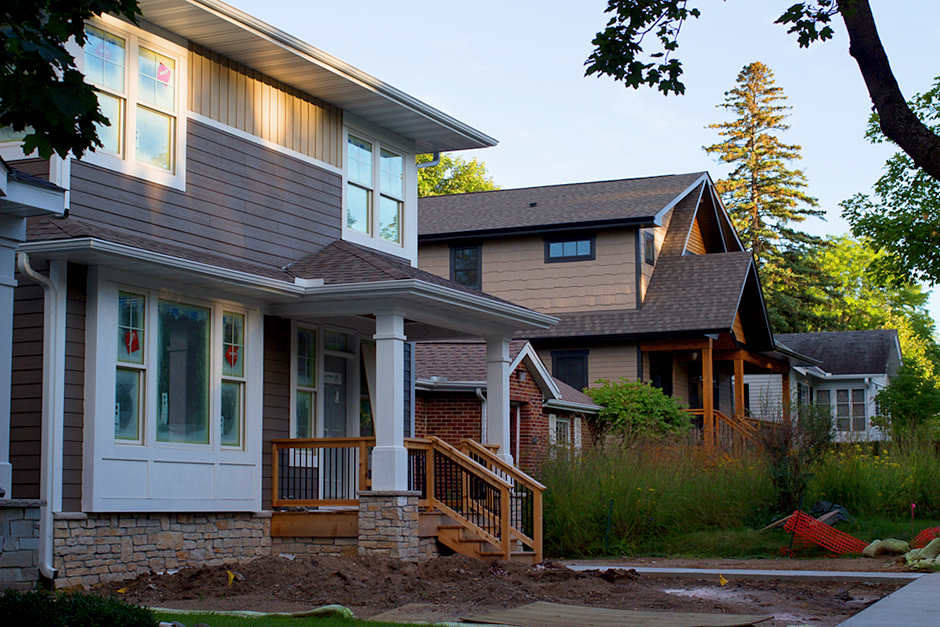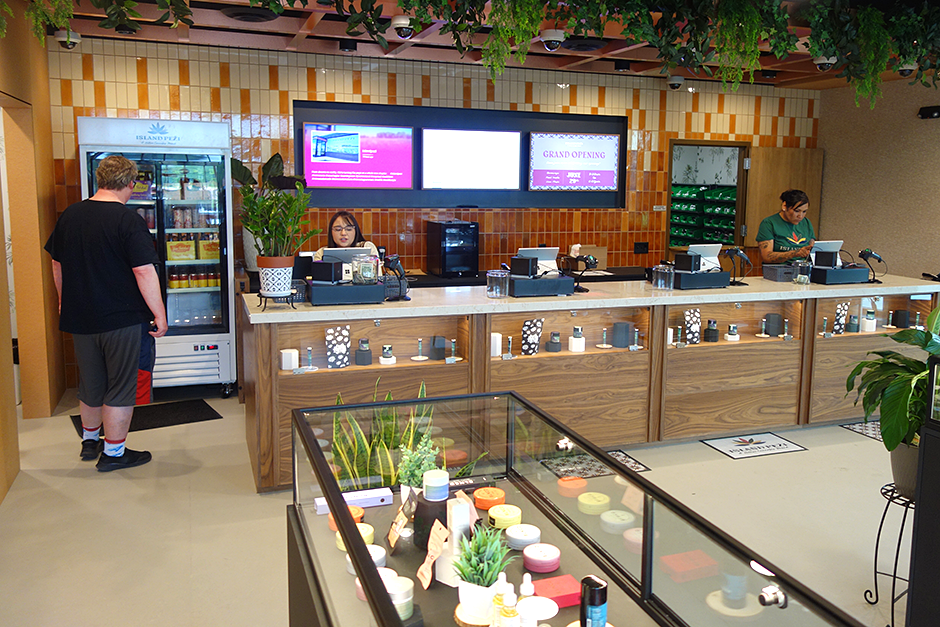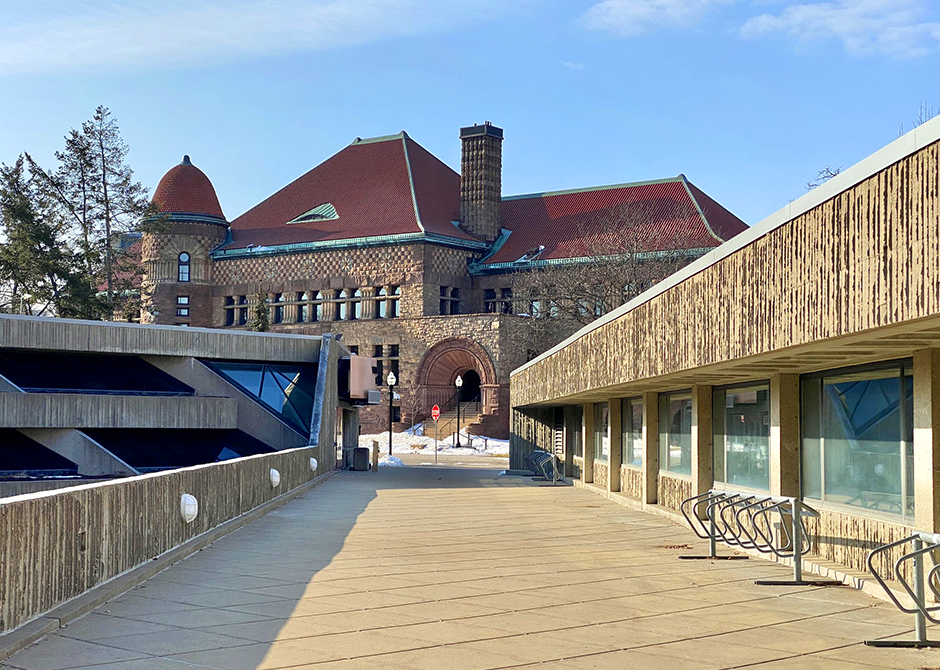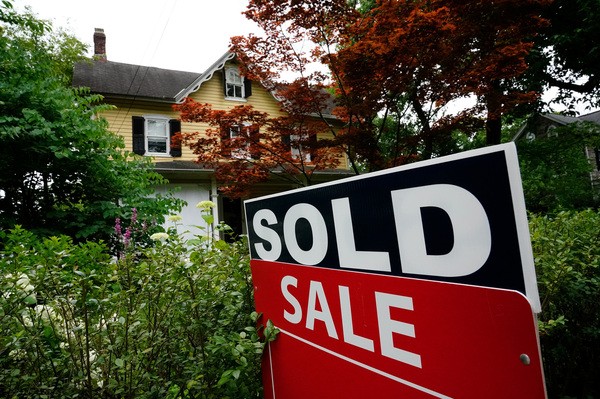
Do you make six figures? Analysts say you might need to if you want to buy a house
April 2, 2024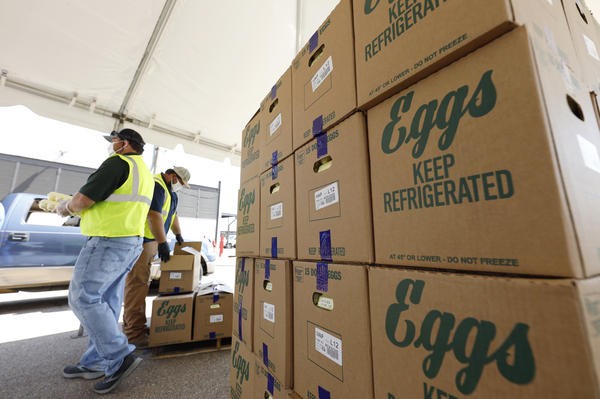
Bird flu has been detected at the largest chicken egg manufacturer in the U.S.
April 3, 2024
WASHINGTON — Economists who study the gap between the rich and poor in Minnesota say it can be viewed either as a glass half empty, or as a glass half full.
Minnesota’s income inequality has slowly grown over the past 20 years or so, mostly because its Black and indigenous population has continued to lag behind other racial and ethnic groups in the state when it comes to household income.
However, the state is still among those whose income gap is among the narrowest.
“Compared to other states in the country, Minnesota looks good,” said Monica Hayes, director of the Bureau of Business and Economic Research at the University of Minnesota-Duluth.
Hayes said the state is “in the bottom ten” according to the Gini coefficient, a statistical model that measures income distribution. The Gini coefficient ranges from zer0 — indicating perfect equality with everyone receiving an equal share — to 1, which indicates perfect inequality with only one recipient or a group of recipients receiving all of the income.
According to the U.S. Census Bureau, Minnesota’s Gini coefficient was .46 in 2022. That was lower than every state except for nine of them, including Iowa, Wisconsin and South Dakota. Utah had the lowest Gini coefficient, a little less than .43, and New York had the highest at a little more than .51.
But Minnesota’s coefficient has grown over time. In 2006 it was .43; in 2010 it was .44 and in 2016 it was .45.
Angela Fertig, a social policy research scientist at the University of Minnesota, said the gap between the haves and have nots has increased in the state because Black and indigenous Minnesotans still face barriers to upward mobility.
“Minnesota looks great on a lot of measures, but it is one of the worst places for non-white groups,” she said.
Fertig said a legacy of “redlining,” a discriminatory practice in which mortgages and other financial services are withheld from minority neighborhoods, has hurt people of color.
There’s also a huge home ownership gap between whites and non-whites, especially Black Minnesotans, that is an obstacle to building wealth, Fertig said. A recent study showed 77.5% of white households own their homes in Minnesota compared to just 30.5% of Black households.
Because of the lack of opportunity to live in better housing, Fertig said there’s a “spatial mismatch” between where low-income people reside and where the good paying jobs are located in Minnesota.
Fertig also said Minnesota’s increasing wealth gap is bad for the economy because the wealthy don’t spend their money like those with fewer means. “When you put money in the pockets of people who don’t have much, they spend it locally,” she said.
And while Minnesota has a progressive income tax, most of the taxes paid at the local level — sales taxes and property taxes — are not progressive, Fertig said.
“That causes the system to be very regressive,” she said.
Still, Minnesota continues to have a very low poverty rate — 9.6%, several percentage points less than the national rate. However, in 2021 it was estimated that more than 20% of the state’s Black residents reported incomes below the poverty level, compared with just 7.5% of the white population.
What’s behind the gap?
The Gini measure of the gap between rich and poor does not take into consideration government social service programs, like rent subsidies, food stamps and other programs that aim to lift the poorest American families.
Those efforts at leveling the playing field may help lessen actual income inequality among the lowest 20% of wage earners — especially in Minnesota where there is a growing safety net.
But the state is also subject to strong, overriding national trends that have dramatically widened the income gap in the United States, which has the highest Gini index — about .49 in 2022 — of all Western industrialized nations.
There are several reasons why the rich get richer and the wages of the poor and middle class stagnate.
A 2017 University of Minnesota study showed that, despite the growth of the nation’s overall economy, those who entered the workforce in 1983 made about $283,000 less during their lifetimes than those who entered the workforce in 1967, when using the Consumer Price Index to account for inflation.
“Meanwhile, the wealthiest workers have benefited from more and more economic gains, increasing the gap between the rich and everyone else,” the study said.
Economists point to several reasons for the rise in inequality in the United States over the past 40 years or so.
“Racial inequality has been persistent,” said Steven Durlauf, director of the Stone Center for Research on Wealth Inequality and Mobility at the University of Chicago.
Another reason for a growing wealth gap, Durlauf said, is that there is a growing premium on skills, meaning the value of a college degree has increased while those who don’t attend college fall further and further behind.
He also said Americans are very accepting of the uber rich and the status quo. “Social norms in the United States are very tolerant of inequality,” Durlauf said.
There are other factors that are widening the gap.
Geoffrey Sanzenbacher, who teaches a class called “The Economics of Inequality” at Boston College, said the “gutting” of the middle class has a lot to do with it.
“The way technology has changed means jobs that used to be squarely middle class have been replaced by automation,” said Sanzenbacher, who has written a book called “Understanding Inequality in the United States.”
Meanwhile, the march toward technology has favored those with capital and people who own machines and businesses, Sanzenbacher said.
He also said the emergence of a global economy has hurt American workers, who must compete with better educated workers overseas.
Then there’s the growth of American companies, which because of their size and market dominance “have more power over their workers,” Sanzenbacher said.
“All those things put pressure on the middle class and benefit the upper classes,” he said.
There’s evidence that wide disparities in wealth are corrosive to a society. They result in disparities in life expectancy and in extreme cases cause political instability, Durlauf of the University of Chicago said.
“Demagogues thrive in an environment where people are resentful,” he said.
The University of Minnesota’s Fertig said there is more the government can do to close the gap. She cited the pandemic’s child tax credit as an example of a federal program that dramatically — if only temporarily — reduced child poverty. Since the pandemic credit has ended, the federal government has implemented a more modest child tax credit and Minnesota has inaugurated one too.
Fertig also said Minnesota could do other things, too, including reform the criminal justice system, provide incentives for affordable housing and create new pathways for lower-income people to buy homes.
“Rising inequality is a horrible problem,” Fertig said.
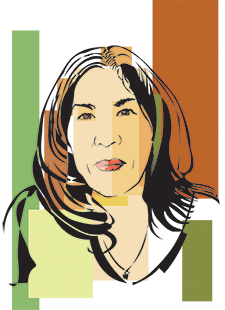
Ana Radelat is MinnPost’s Washington, D.C. correspondent. You can reach her at aradelat@minnpost.com or follow her on Twitter at @radelat.
The post Wealth gap in Minnesota on the rise, data shows appeared first on MinnPost.



